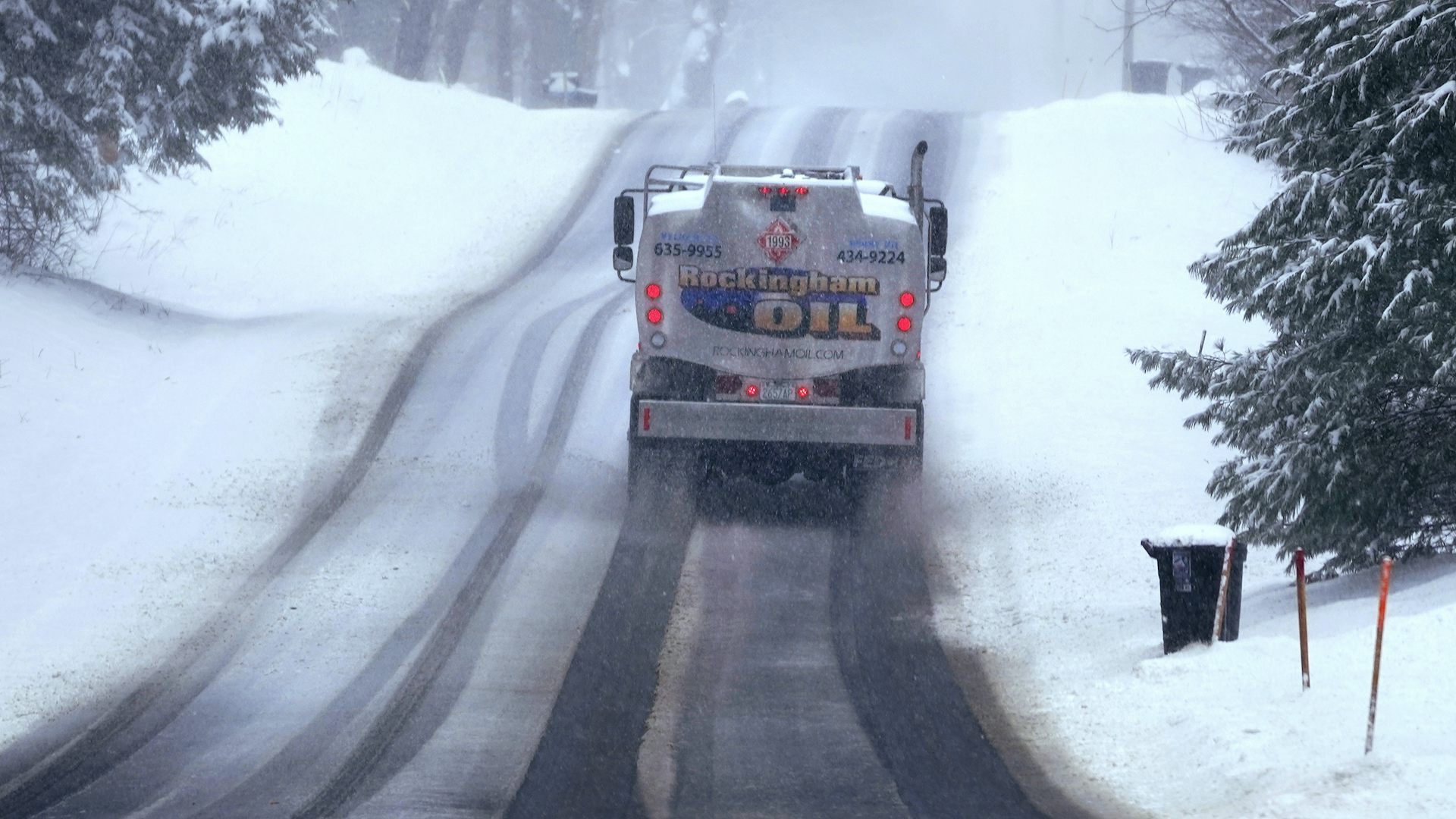Workers are looking for direction from management – and any map is better than no map
Although the end of the pandemic may be in sight, the costs of working remotely are growing. It's time companies had a plan – even if they aren't returning to the office any time soon.

Over eight months ago, with haste and necessity, workers and organizations across the globe were thrown into “the great remote work experiment.”
What was arguably an adequate short-term solution is now showing signs of wear and tear: Remote workers are burning out, organizational cultures are under threat, and leaders are fretting about the loss of creativity and collaboration.
While some companies are beginning to forge ahead with longer-term plans – like proclaiming that remote work will go on indefinitely or bringing at least some employees back to the office in a COVID-19-safe way – most organizations remain in a holding pattern: intent on returning to the physical office in some capacity, but repeatedly kicking the can down the road.
This is understandable, given the amount of uncertainty about the pandemic. Although a vaccine seems to be in sight, health officials are warning of a grim winter.
As management scholars actively researching and advising companies on their responses to COVID-19, we believe the consequences of just continuing to wing it are piling up.
This doesn’t mean the only solution is an immediate return to the office. Based on research in our field and lessons we’ve learned from our work with companies during the pandemic, we believe there’s a way to make the best of a tough situation. It requires acknowledging the real costs of the remote work experiment – and charting a path forward.
Employee burnout
The remote work experiment seemed to offer an initial boost in productivity. But sustaining such productivity has been difficult, in part because the home wasn’t designed for work and the consequences of “Zoom” fatigue are real. Indeed, emerging evidence suggests burnout is plaguing remote workers across the board.
Yet managing employee burnout is particularly difficult during a pandemic, when people are asked to mostly isolate at home, away from colleagues whose mere presence can often ease work-related stress. Recent research suggests that even small interactions like going out to lunch together and taking a walk can help reduce worker burnout.
Even if re-creations of after-work rituals help in the short term, poor communication from company leaders is a primary cause of burnout. Without some sense of direction, burned out employees simply can’t be reengaged via another virtual happy hour.
Weakened cultures
Another downside of the lack of interaction with colleagues is the impact on organizational culture.
We know from research that organizational culture is a key contributor to job satisfaction and organizational performance. Initial hopes of strengthened cultures as employees navigated the unprecedented shift together are dwindling as time wears on without a physical anchor for sustaining shared cultural beliefs.
What’s worse, corporate policies meant to monitor and control employee behavior – whether while they work remotely or as means to make the office safer – risk eroding worker trust and undermining cultural norms.
And the impact of these policies will likely endure long after the crisis subsides, making it very important for companies to think carefully about the lasting impact and strategies for dealing with COVID-19.
Interrupted innovation
A third major cost of this sustained remote period of work is the lack of collaboration and its disruptive impact on innovation.
Sure, some collaborations and idea generation can take place via Zoom meetings, but innovation still largely happens in physical spaces: at lab benches, alongside a 3D printer or in unintended office interactions that spark interdisciplinary collaborations. These initial steps become the source of intellectual property, new startups, future commercialization and ultimately consumer value.
But when workers can’t get into their labs and research centers, they can’t plant the seeds for future innovations. Overall, patents have fallen almost 10% year to date, with patents in the life sciences down 20%.
A purpose-driven plan
Though the pandemic is still with us, organizations and workers need a plan now – and can’t wait for a vaccine to allow everyone to come back to the office.
To us, this isn’t simply about logistics, such as deciding whether, when and how to return to the office, but starting to address the downsides of this sustained remote work experiment by reengaging workers around a sense of organizational purpose.
And honestly, it really doesn’t matter all that much what goes into the plan. A long history of scholarship on organizations emphasizes that even the most imperfect plan can have positive effects on morale and team confidence. When conditions are uncertain, a plan provides direction, a sense of purpose and foundation for unity. Moreover, it’s a great way to turn a crisis into an opportunity.
For example, some companies we’ve worked with have crafted plans that focus on addressing pre-pandemic threats such as how automation and AI are changing the very nature of work. They’ve been conducting a top-to-bottom review of jobs and roles to better understand which ones are providing the most and least value, and adjusting accordingly. Others, such as local health care organizations in the Boston area, are focusing on accelerating their adoption of technologies to improve the level of care they can provide patients.
[Understand new developments in science, health and technology, each week. Subscribe to The Conversation’s science newsletter.]
Making a plan doesn’t require certainty about the path of the virus or committing to a return to the office. Rather, it’s about creating a shared sense of purpose to lead workers through one of the toughest periods in world history.
The value of having a plan reminds us of an anecdote – frequently shared by management scholars – involving a Hungarian army platoon briefly thought lost in the Alps during a snowstorm during World War I. Gone for two days, the soldiers suddenly showed up on the third. Asked how they survived, the group leader showed his commander the map that led them back. The punchline: It depicted the Pyrenees, not the Alps.
While it’s not clear if the story is factually based, the message still rings true: In times of uncertainty, often any map will do – even a wrong one.
The authors do not work for, consult, own shares in or receive funding from any company or organisation that would benefit from this article, and have disclosed no relevant affiliations beyond their academic appointment.
Read These Next
Trump was already cutting low-income energy assistance – the shutdown is making things worse as cold
Nearly a quarter of US households struggle to pay their energy bills at the same time as America’s…
What to know as hundreds of flights are grounded across the US – an air travel expert explains
Get to airports early and go easy on the luggage. Also, expect delays.
Seashells from centuries ago show that seagrass meadows on Florida’s Nature Coast are thriving
Scientists are using mollusk shells to evaluate the health of Florida’s seagrass ecosystems.





